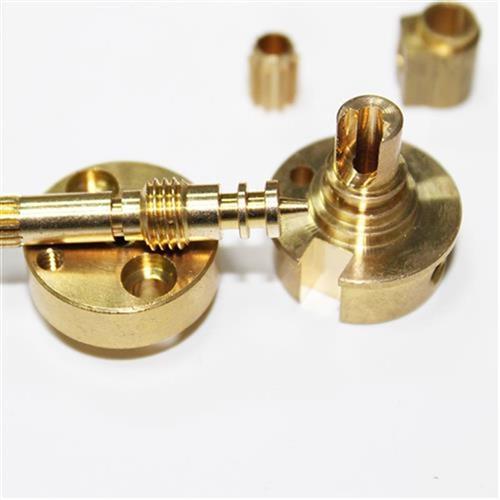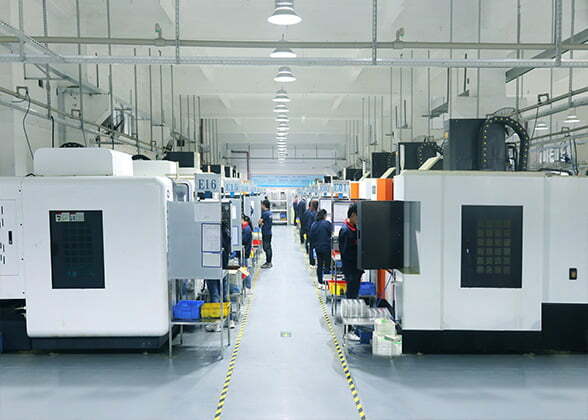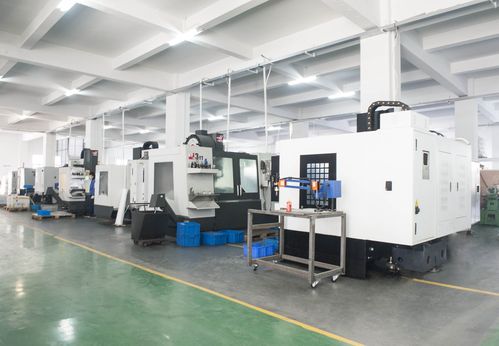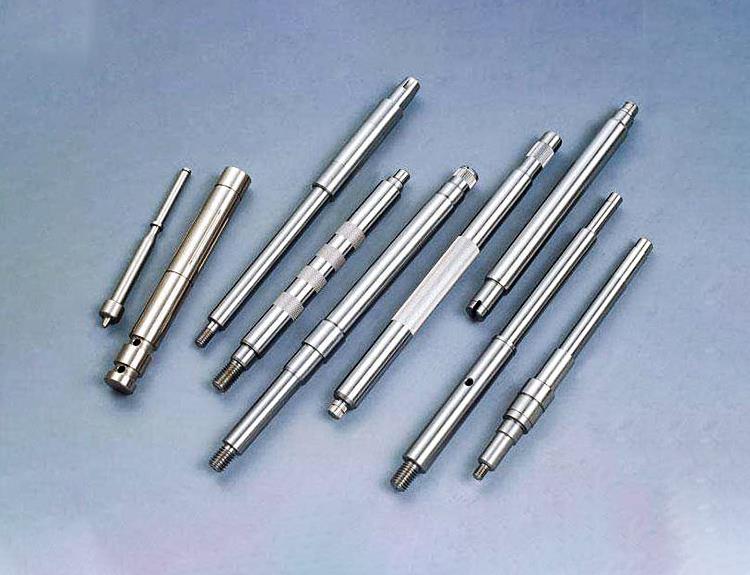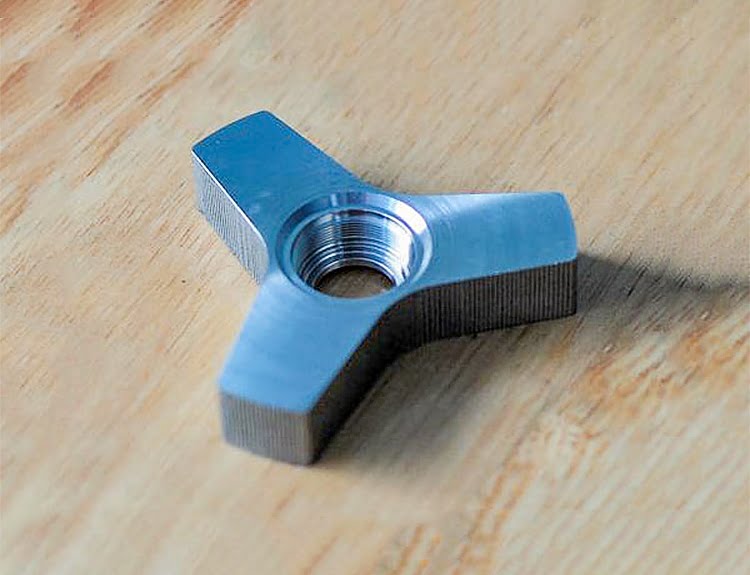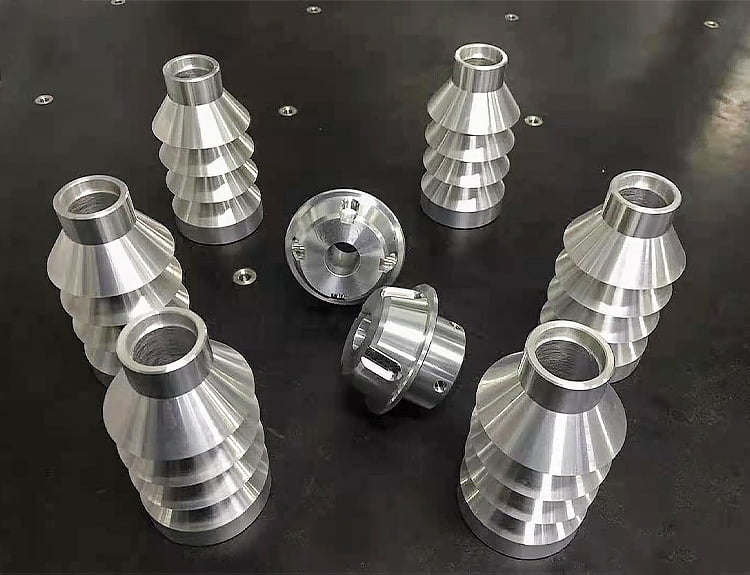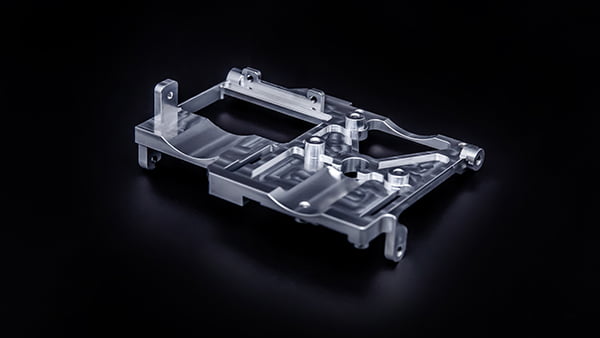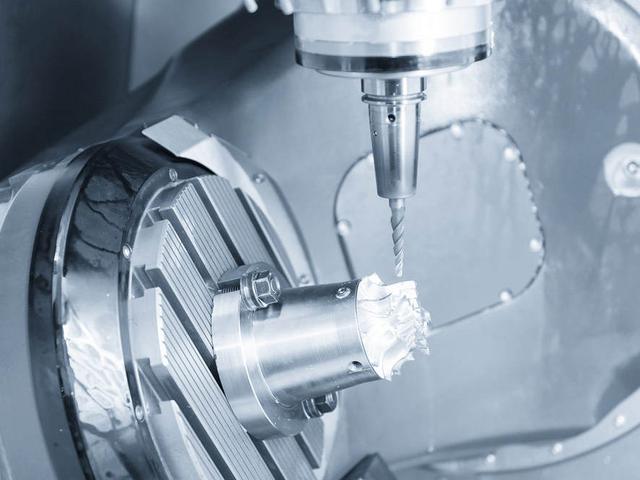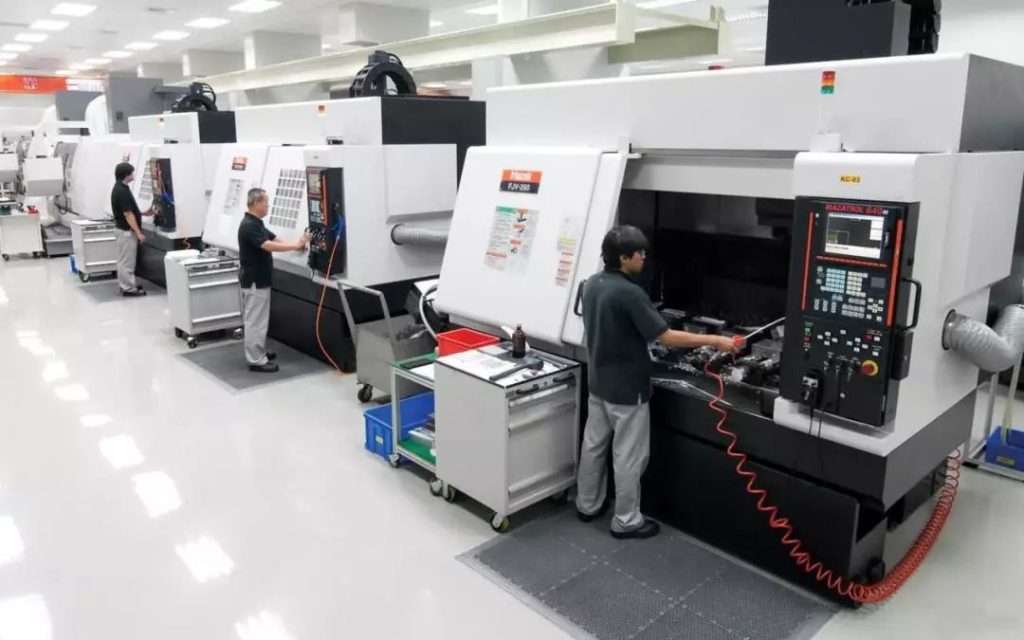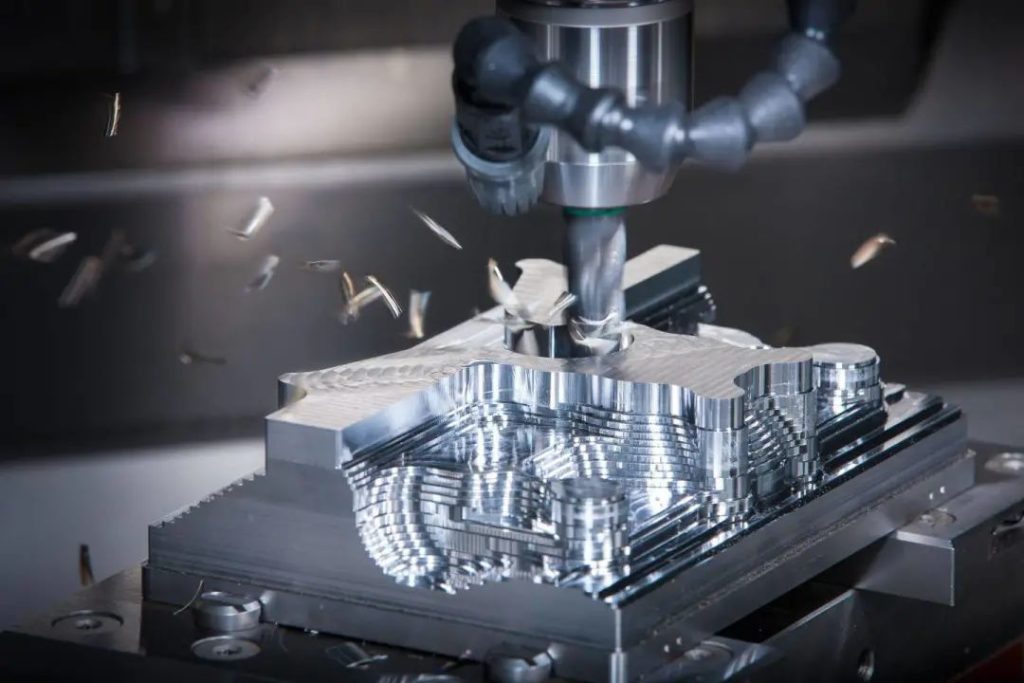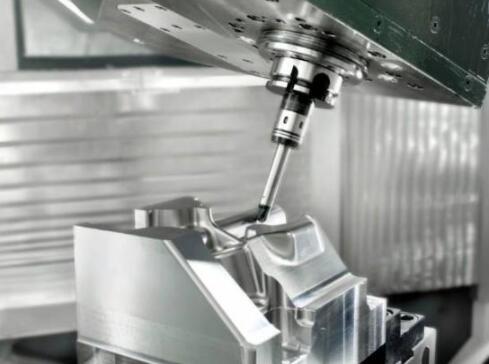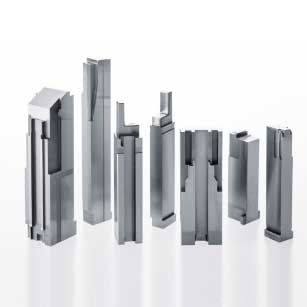PPS plastic and ABS plastic are widely used in the market share. But each type of plastic has its own characteristics and uses.
Which plastic is better, and what's the difference in characteristics?
PPS plastic
Also known as polyphenylene sulfide, is a thermoplastic resin containing benzene sulfur in the main chain of molecules, is a special engineering plastic with excellent comprehensive performance.
The outstanding performance of PPS is:
good heat resistance, can be used in 220℃ for a long time, short-term resistance to 260℃.
Corrosion resistance close to PTFE, excellent electrical properties, excellent mechanical properties, good flame retardant properties, high dimensional stability of the product, can be processed by a variety of processing methods, can be precision molding.
PPS widely used
Electronics, automobiles, machinery and chemicals.
However, it also has the disadvantages of high brittleness and poor toughness, which usually needs to be combined with other materials to improve the performance. The most common additions are fiberglass and carbon fiber.
ABS resin is one of the five major synthetic resins with a density of 1.05g/cm3, strong impact resistance, high mechanical strength, certain surface hardness, good wear resistance, heat resistance of 90℃, low temperature resistance, can be used at -40℃.
It also has the characteristics of stable product size and good surface gloss. It can also be used for surface spraying metal, electroplating, welding, hot pressing, bonding and other secondary processing, which is easy to form and process.
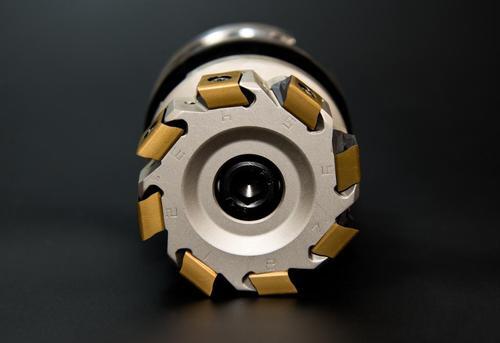
As can be seen from the above description
These two kinds of plastics have their own characteristics and different uses. PPS is mainly used for high temperature resistance, radiation resistance, chemical resistance and other occasions; And the price is higher than ABS.
ABS is widely used in shell parts, mechanical parts, auto parts and other fields, is a widely used thermoplastic engineering plastic. In the selection of plastics, it is necessary to consider the characteristics of different materials, product use and product budget.

